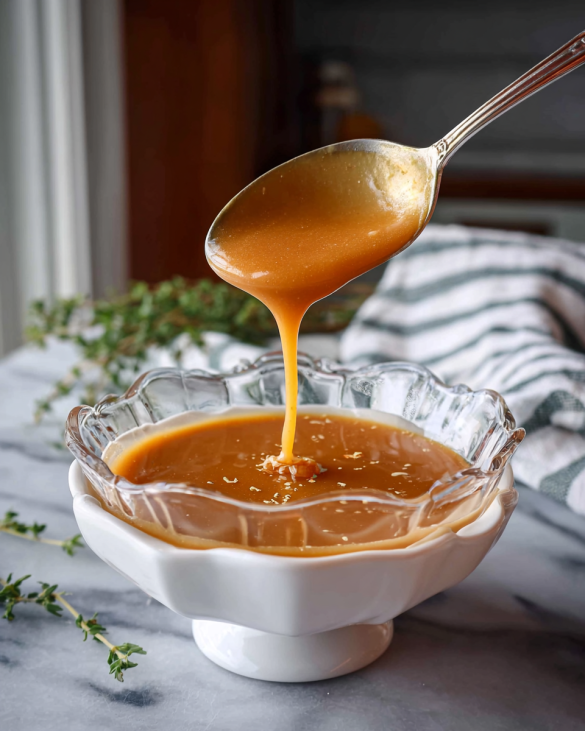
Few dishes carry the same sense of comfort and tradition as a bowl of smooth, rich gravy. Whether it’s poured over fluffy mashed potatoes, drizzled onto roasted turkey, or spooned alongside golden biscuits, gravy transforms even the simplest meal into something memorable. Making it from scratch can feel intimidating for many home cooks. Some worry about lumps, others about bland flavor or gravy that turns out too thin. The truth is, with the right guidance, anyone can master gravy and adapt it for any occasion.
In this guide, you’ll discover four foolproof recipes that cover almost every need: all-purpose gravy, mushroom gravy, chicken gravy, and turkey gravy. Each recipe builds on simple foundations but allows plenty of room for creativity. Beyond the recipes, you’ll learn about the history of gravy, the role it plays in different food cultures, the tools you’ll need, and step-by-step directions to guarantee perfect results every time.
By the end, you’ll not only be able to prepare gravy that impresses your family and guests but also troubleshoot common mistakes and personalize the flavors to suit your tastes.
What Is Gravy?
At its heart, gravy is a sauce made by thickening the juices or drippings from cooked meat or by combining stock or broth with a fat and a starch. The process is simple: fat provides richness, starch thickens, liquid builds body, and seasonings round out the flavor. It’s comfort food in its most essential form.
While it is usually served as an accompaniment, gravy is far from secondary. It binds the meal together. Imagine a Thanksgiving dinner without turkey gravy or roast chicken served without its golden sauce—something would feel incomplete.
There are countless variations of gravy. Some are thick and creamy, others are light and broth-like. Some are vegetarian, made with mushrooms or vegetable stock, while others are deeply savory, infused with roasted meat drippings. This flexibility makes it one of the most versatile sauces in any kitchen.
A Brief History and Cultural Significance
Gravy traces its roots to medieval Europe, where cooks collected meat drippings and blended them with wine or stock to create sauces for roasted meats. The word itself derives from the Old French term gravé, found in early cookbooks. These sauces were often heavily seasoned with spices like cinnamon, cloves, and nutmeg—flavors that were prized at the time.
As cuisine evolved, gravy became simpler and more regional. In Britain, it was closely tied to the Sunday roast, a ritual of family meals that still continues today. In France, the sauce-making tradition grew more refined, giving us velvety reductions and the concept of a roux—a blend of fat and flour that forms the base of many sauces.
In the United States, gravy took on new forms. In the South, sawmill or sausage gravy became a breakfast staple, poured over biscuits. In New England, turkey or chicken gravy became essential to holiday feasts. Across the Midwest, casseroles often relied on gravy as a binder. Even vegetarian and vegan adaptations emerged, with mushroom gravy gaining popularity as a hearty alternative.
Culturally, gravy is more than food. It’s a symbol of gathering, comfort, and tradition. Recipes are handed down through families, with every cook adding their own twist—whether it’s a pinch of sage, a splash of cream, or a secret stock blend.
Preparation Phase & Tools to Use
Before diving into recipes, it’s essential to gather the right tools and understand why they matter. Great gravy relies not just on ingredients but also on technique.
Essential Tools and Equipment
- Saucepan or Skillet: Wide enough for whisking but deep enough to hold liquid without spilling.
- Whisk: Your best friend against lumps. A balloon whisk ensures flour blends smoothly.
- Ladle: For portioning and serving without mess.
- Measuring Cups and Spoons: Consistency requires accurate measurements.
- Fat Separator: Helps separate flavorful juices from excess fat in meat drippings.
- Fine-Mesh Strainer: For silky-smooth gravy without lumps or bits.
- Roasting Pan: Collects drippings that become the flavorful foundation of turkey or chicken gravy.
- Gravy Boat or Pitcher: Keeps the sauce warm and easy to pour at the table.
Importance of Each Tool
A whisk keeps the texture consistent and prevents dreaded clumps. The fat separator allows you to control richness and balance flavor without ending up with greasy sauce. Straining creates a restaurant-quality finish. Even the serving vessel matters—keeping gravy hot ensures it maintains its texture and taste throughout the meal.
Preparation Tips
- Always start with warm or room-temperature stock when adding to a hot roux to prevent seizing.
- Taste and adjust seasoning at the very end, since simmering concentrates flavors.
- If using drippings, scrape up the browned bits from the roasting pan—this is where the flavor hides.
- Keep extra stock on hand to thin the gravy if it becomes too thick.
- Make your roux patiently; rushing can cause scorching and a burnt taste.
Recipe Setup
Each recipe below includes prep time, cook time, cooling time, yield, and servings. Adjust amounts depending on your gathering size or how much sauce you’d like to store.
All-Purpose Gravy
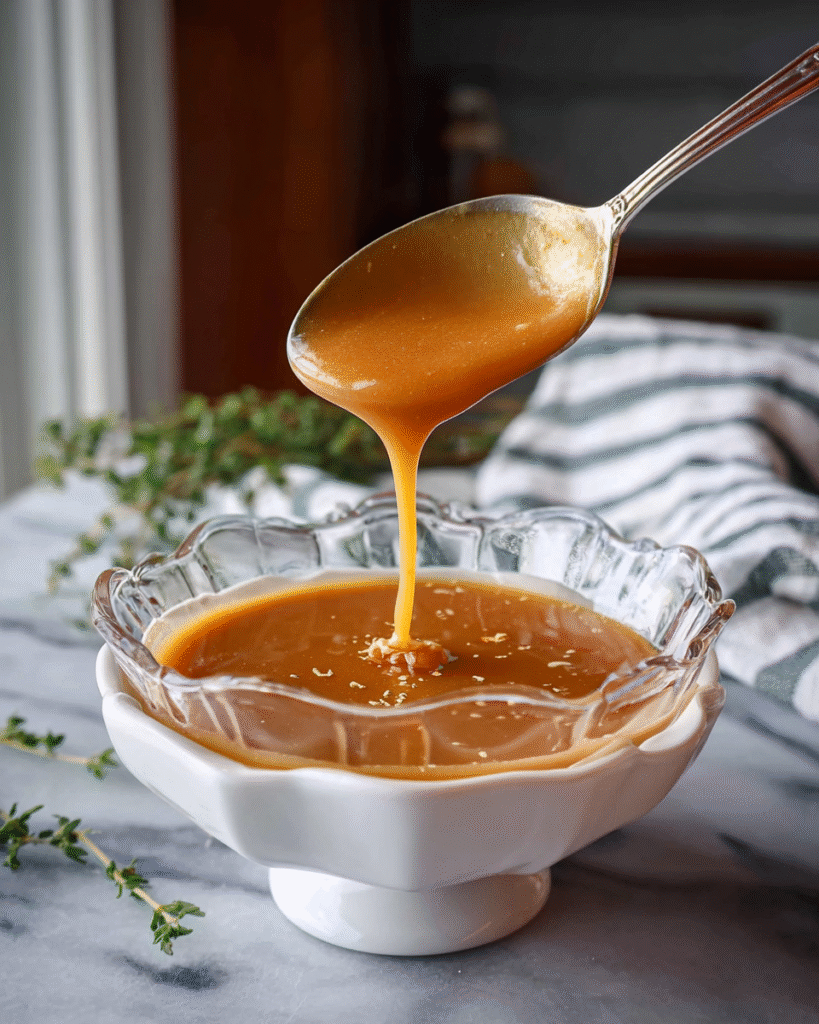
Ingredients
- 2 cups broth or stock (chicken, beef, or vegetable)
- 2 tablespoons all-purpose flour
- 2 tablespoons butter or oil
- ½ teaspoon garlic powder
- ½ teaspoon onion powder
- Salt and pepper to taste
Instructions
- Heat butter or oil in a saucepan over medium heat.
- Whisk in flour to form a roux; cook until light golden.
- Gradually add stock, whisking constantly.
- Season with garlic powder, onion powder, salt, and pepper.
- Simmer until thickened, whisking occasionally.
- Taste, adjust seasoning, and serve.
Mushroom Gravy
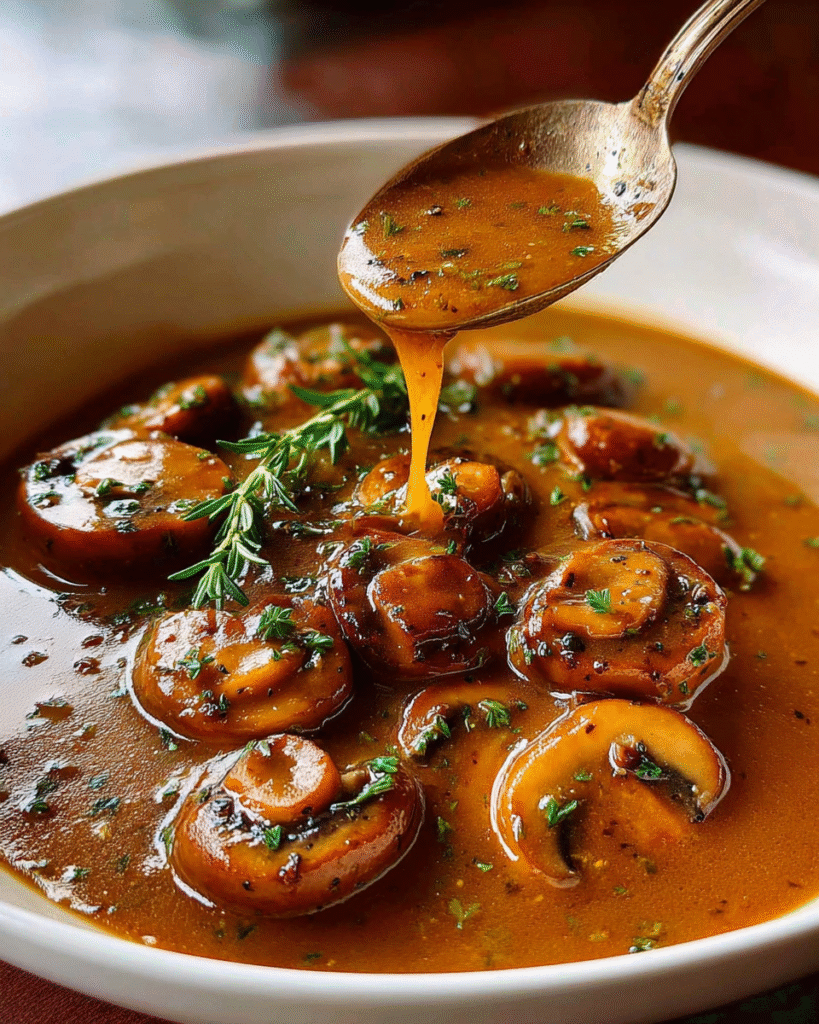
Ingredients
- 2 tablespoons butter
- 1½ cups sliced mushrooms
- 2 cups vegetable or chicken stock
- 2 tablespoons all-purpose flour
- Salt and pepper to taste
Instructions
- Melt butter in a skillet and sauté mushrooms until golden brown.
- Sprinkle flour over mushrooms, stirring to coat.
- Slowly pour in stock while whisking.
- Season with salt and pepper.
- Simmer until thickened and mushrooms are tender.
- Strain for smooth texture or leave chunky for rustic style.
Chicken Gravy
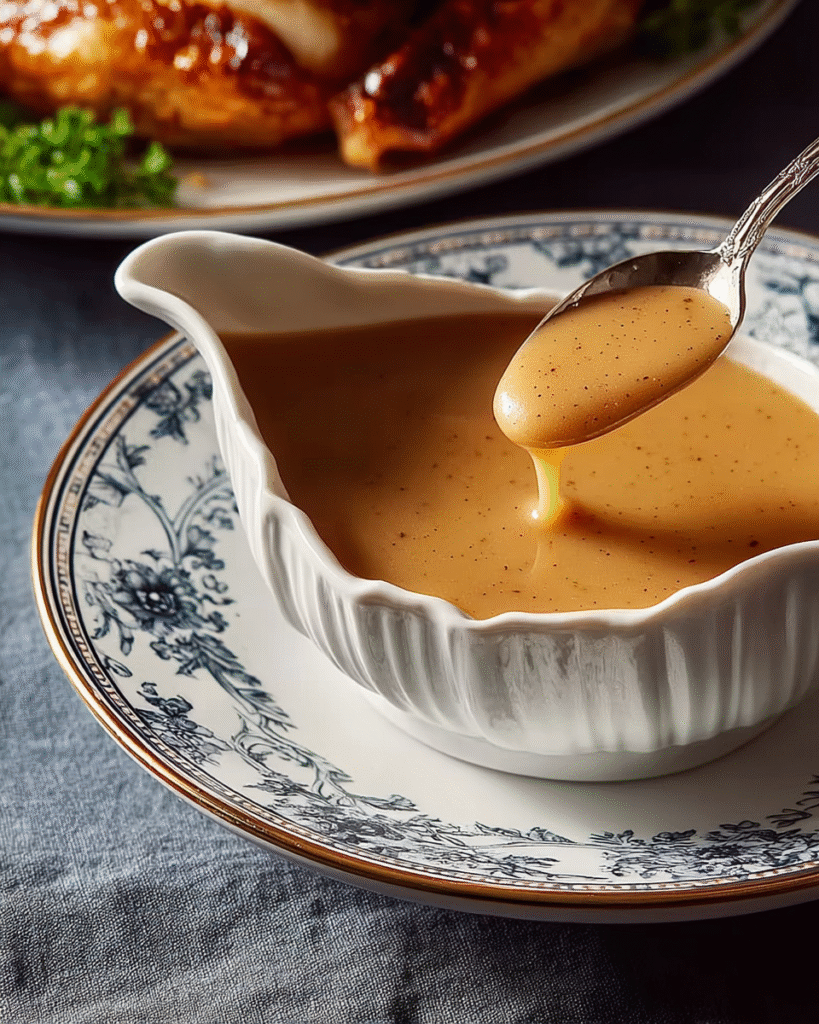
Ingredients
- Drippings from roasted chicken
- 2 tablespoons all-purpose flour
- 2 cups low-sodium chicken broth (or turkey/vegetable broth)
- Salt and pepper to taste
Instructions
- After roasting chicken, pour drippings into a fat separator.
- Return 2 tablespoons of fat to the pan.
- Whisk in flour to create a roux.
- Slowly add chicken broth and reserved drippings.
- Simmer, whisking, until smooth and thick.
- Season to taste before serving.
Turkey Gravy
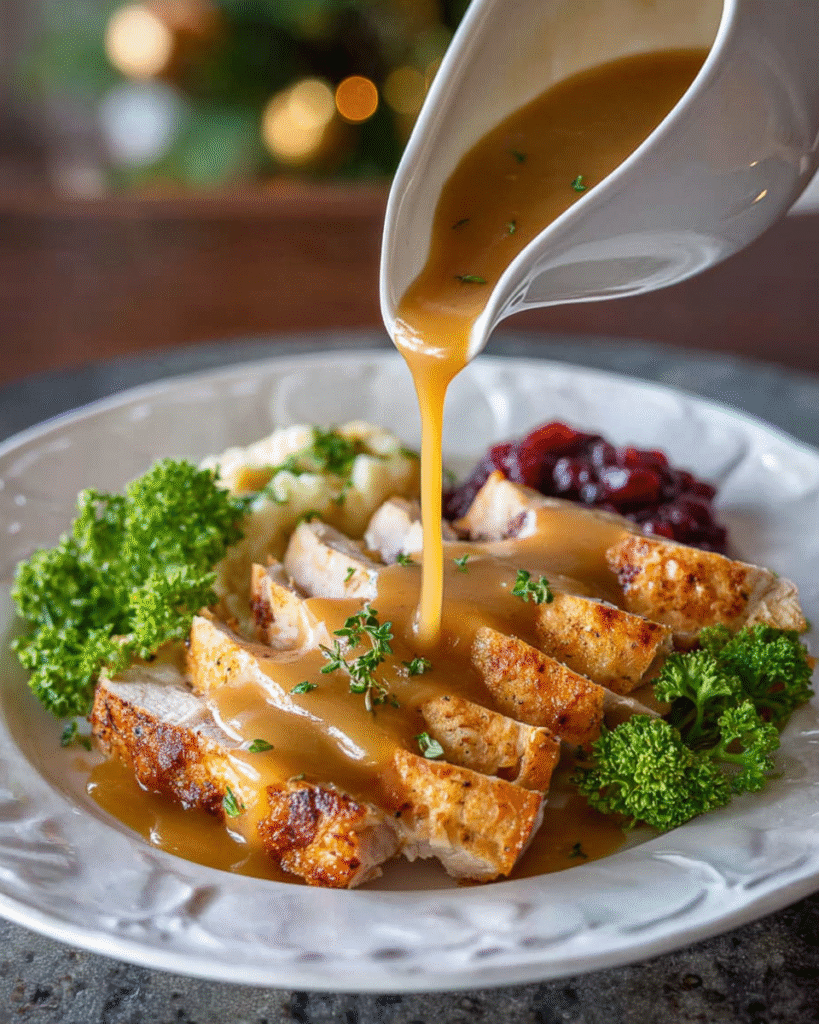
Ingredients
- Drippings from roasted turkey
- 2 tablespoons all-purpose flour
- 2 cups low-sodium chicken or turkey broth
- Salt and pepper to taste
Instructions
- Collect drippings from the roasting pan. Skim excess fat.
- Heat a saucepan with 2 tablespoons of the fat.
- Add flour, whisking into a golden roux.
- Gradually pour in broth and drippings.
- Scrape up browned bits from the pan for maximum flavor.
- Simmer until rich and velvety. Adjust seasoning.
Perfect Side Dish Recommendations
Gravy doesn’t live in isolation. It shines brightest when paired with complementary dishes that soak up its richness or balance its savory depth. Here are eight classic and creative options that bring out the best in your gravy, whether it’s all-purpose, mushroom, chicken, or turkey.
Mashed Potatoes
Few pairings are as iconic as mashed potatoes and gravy. The creamy texture of potatoes acts like a canvas, absorbing every drop of savory sauce. For a smooth experience, use Yukon Gold or Russet potatoes. A dollop of butter or cream in the mash makes them even more luxurious when topped with gravy.
Roasted Vegetables
Caramelized carrots, parsnips, or Brussels sprouts develop natural sweetness that pairs beautifully with savory gravy. A drizzle of mushroom gravy over roasted root vegetables creates a balanced vegetarian plate. Turkey or chicken gravy complements hearty vegetables like squash or sweet potatoes.
Stuffing or Dressing
Stuffing, often baked with herbs, onions, and bread cubes, absorbs gravy like a sponge. Pouring turkey gravy over stuffing at Thanksgiving enhances its earthy sage and thyme notes. Mushroom gravy turns vegetarian stuffing into a standalone dish.
Biscuits or Dinner Rolls
Fluffy biscuits and golden rolls beg for dipping. In Southern cuisine, biscuits with sausage-style gravy are a comfort classic. While this guide doesn’t cover sausage gravy specifically, your all-purpose or chicken version works wonderfully as a topping for bread.
Yorkshire Pudding
This British side dish is light, airy, and perfectly designed to hold gravy in its hollow center. Traditionally paired with roast beef, Yorkshire pudding also pairs with poultry gravies. A rich all-purpose gravy turns it into a showstopper.
Rice or Pilaf
Plain rice benefits immensely from gravy’s complexity. Pouring mushroom or chicken gravy over rice creates a comforting meal. Pilafs with herbs or nuts gain depth when paired with turkey gravy, making it ideal for stretching leftovers into a satisfying dish.
Green Beans Almondine or Sautéed Greens
Vegetables don’t need to stay plain. Green beans tossed with butter and almonds or leafy greens like spinach or kale sautéed with garlic become extraordinary with a spoonful of gravy. This lightens the richness of the sauce with freshness and crunch.
Polenta or Grits
Creamy polenta or Southern-style grits offer a soft, hearty base for gravy. Mushroom gravy on polenta makes a comforting vegetarian entrée, while chicken gravy on grits feels like Southern comfort food at its finest.
Nutritional Information & Health Benefits
Gravy often carries a reputation for indulgence, but understanding its nutritional profile helps you make smarter choices. Each type of gravy differs slightly in calories, fat, and micronutrients, depending on the base and ingredients.
General Nutrition Profile
- Calories: Most gravies range between 50–120 calories per ¼ cup serving.
- Fat: Butter-based gravies contain more fat, while broth-heavy gravies are lighter.
- Protein: Minimal unless using drippings with meat particles.
- Carbohydrates: Flour-based gravies contain starch; cornstarch alternatives reduce carbs.
- Sodium: Often high due to broth or stock—opt for low-sodium versions.
Health Benefits
- Mushroom Gravy: Adds antioxidants, B vitamins, and minerals like selenium. A great vegetarian option.
- Chicken Gravy: Provides protein-rich collagen if made from homemade stock.
- Turkey Gravy: Often lower in fat when made with lean drippings.
- All-Purpose Gravy: Flexible and can be tailored to be healthier with less fat or alternative thickeners.
Dietary Adaptations
- Gluten-Free: Use cornstarch, arrowroot, or gluten-free flour instead of wheat flour.
- Vegan: Mushroom gravy made with vegetable stock is fully plant-based. Add soy sauce or nutritional yeast for depth.
- Low-Sodium: Start with homemade unsalted stock; season gradually.
- Low-Fat: Use less butter or oil, relying more on broth for body.
Common Mistakes to Avoid & How to Perfect the Recipe
Even experienced cooks face gravy mishaps. Luckily, most issues have simple fixes.
Lumpy Texture
Cause: Adding liquid too quickly to hot flour and fat.
Fix: Always whisk constantly while slowly adding warm stock. If lumps form, strain gravy through a sieve.
Too Thin
Cause: Not enough flour or over-dilution with liquid.
Fix: Create a slurry with 1 tablespoon flour or cornstarch and 2 tablespoons water. Whisk into simmering gravy until thickened.
Too Thick
Cause: Too much flour or over-reduction.
Fix: Thin with additional warm stock, whisking until desired consistency.
Bland Flavor
Cause: Weak broth or insufficient seasoning.
Fix: Enhance with roasted garlic, herbs, soy sauce, Worcestershire sauce, or pan drippings. Always taste before serving.
Greasy or Oily
Cause: Too much fat from drippings.
Fix: Use a fat separator to skim excess grease before making gravy.
Burnt or Bitter Taste
Cause: Cooking roux on too high heat.
Fix: Cook roux gently over medium heat. If burnt, start over—burnt roux can’t be fixed.
Gravy Splits or Separates
Cause: Overheating after thickening.
Fix: Keep gravy at a gentle simmer, not a rolling boil. Add a splash of cream to stabilize if needed.
Tips and Notes
- Always taste before serving. Gravy’s flavor develops during cooking, so a final pinch of salt or pepper can make a big difference.
- For deeper flavor, add a splash of wine or a dash of soy sauce.
- Fresh herbs like thyme, rosemary, or parsley brighten up heavy gravies.
- If you prefer glossy gravy, finish with a pat of butter whisked in at the end.
Storing and Reheating
- Refrigeration: Store cooled gravy in an airtight container for up to 3 days.
- Freezing: Freeze in small portions for up to 3 months. Ice cube trays make reheating easy.
- Reheating: Warm slowly on the stovetop over low heat. Add a little broth to restore texture. Whisk often to prevent separation.
FAQs
Can I make gravy without drippings?
Yes. Use stock or broth as the base. Add butter and flour for richness and thickness.
How do I make gluten-free gravy?
Replace flour with cornstarch or arrowroot mixed into cold water before adding to hot broth.
What if my gravy tastes too salty?
Dilute with unsalted broth or add a splash of cream to mellow flavors.
Can I prepare gravy ahead of time?
Absolutely. Make a day before and reheat gently, thinning with broth if needed.
How do I avoid lumps?
Always whisk constantly and add liquid slowly to the roux.
Conclusion
Gravy is more than just a sauce—it’s the finishing touch that ties a meal together. With these four recipes—all-purpose, mushroom, chicken, and turkey—you’re equipped to handle any occasion, from a weeknight dinner to a holiday feast. By understanding the basics, avoiding common mistakes, and mastering storage and reheating, you’ll always have silky, flavorful gravy ready to serve.

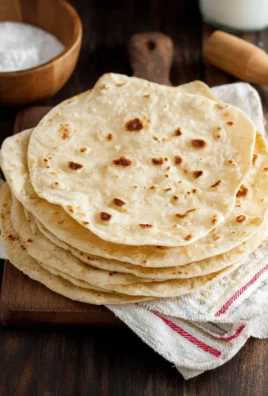
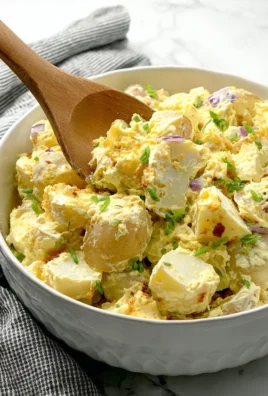
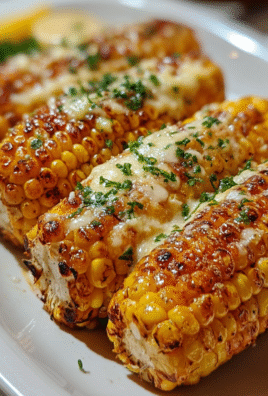
Leave a Comment